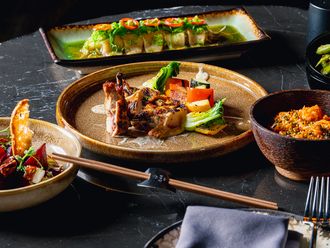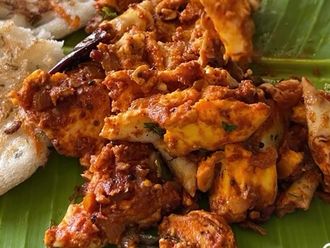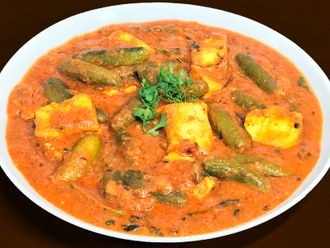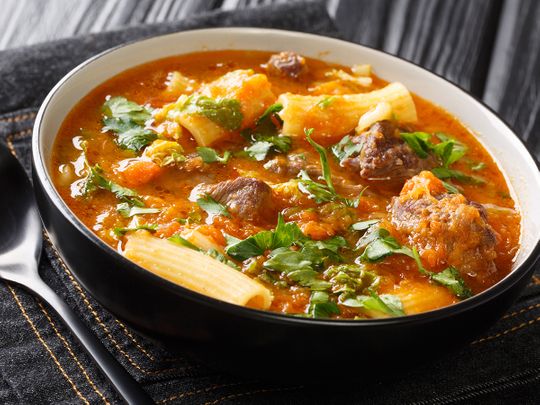
As a young girl growing up in Martissant, Port-au-Prince, Haiti, 40-year-old Haitian Nadège Fleurimond was surrounded by food. Raised by a single father, the Brooklyn-based entrepreneur and cookbook author was inspired by how her father cooked a traditional meal at home.
One day, Fleurimond ate a dish that changed her life – soup joumou (pronounced 'joo-moo'). Made with squash, herbs, vegetables, plantains, meat, pasta and spices, the savoury soup is known for its heady mix of spices and subtle earthy flavours. How did it change her life? Fleurimond discovered the history behind it and the significance of it in Haiti.
She spent eight years of her childhood in Haiti before relocating to the US in 1989 with her father. The only thing they took from Haiti was its recipes, as they left behind a nation ravaged by political dictatorship and rifts.
They set up a home in Brooklyn, New York, and Fleurimond’s only connect to Haiti was her father’s food, especially joumou soup. “On January 1, we would all sit and drink soup joumou for four to five hours to celebrate our ancestors. It was amazing.” This remained an annual tradition until she left in 1999, for university.
While pursuing her education in political science from Columbia University, her heart yearned to go back home. Fleurimond soon realised what she missed most about home was her father’s food and the traditions her family members. She decided to resolve her homesickness by cooking for her friends.
However, to cook the way her father did, the young Haitian-American had to learn about her country. "I educated myself about Haitian cuisine. It was then that I understood the history behind joumou soup. History books, cookbooks… I would try to get my hands on anything and everything related to Haiti.
"Once I got a basic understanding, I started cooking for my friends and roommates. I didn't need fancy words or examples to talk about my country; I could do it through food and cooking. I then made it my purpose to educate everyone about Haiti's cuisine and travelled to Haiti for a year before I could make and write about it."
Liberty, equality and humanity

Colonised by France (August 21, 1791 to January 1, 1804) the people of Haiti were enslaved and forced to cultivate turban squash, which grew in abundance on the island. However, Haitians could not eat it, as it was forbidden to do so by their French masters. The French prepared a soup with the squash, which they called soupe au giraumon (giraumon mean turban in French) and when Haiti claimed its independence on January 1, 1804, the people rejoiced and celebrated by drinking the soup and renaming it ‘soup joumou’.
Since then, the dish has been a symbol of independence – of humanity, dignity and resilience.
"Soup joumou is everything to us Haitians. It has history and culture, slavery and freedom. But the dish isn't just about taste. It was born out of a revolution. Not to mention, we value it even more because the squash was a rarity when it was first cultivated. So, every time we eat soup joumou, we remember our ancestors… we remember we are equal," said Fleurimond.
While it is eaten as an Independence Day and New Year dish, a few Haitians grew up eating it every weekend. "I love soup joumou. It is one of my favourite dishes. I grew up eating every Sunday in Haiti. I also love the history associated with the dish. Slaves used to cook it for their masters, and when we became independent, it changed into a delicious meal. For me, soup joumou means family time and sharing the goodness of life. I believe this will be a tradition that we will pass on to future generations," said Nathalie Tancrede, Pavilion Director of Haiti, at Expo 2020 Dubai.
The modern recipe followed uses calabaza squash as it is commonly found globally. However, you can also use butternut squash. The vegetables (potatoes, turnips, spring onions and carrots) are added to the squash, then puréed together. Next, the meat – be it chicken, beef or mutton – is marinated with a Haitian 'epis' seasoning, made using onions, bell peppers and herbs. Pasta is added to thicken the soup.
Soup joumou varies to an extent from family to family and region to region. The consistency can differ.
An underrated dish? Not anymore
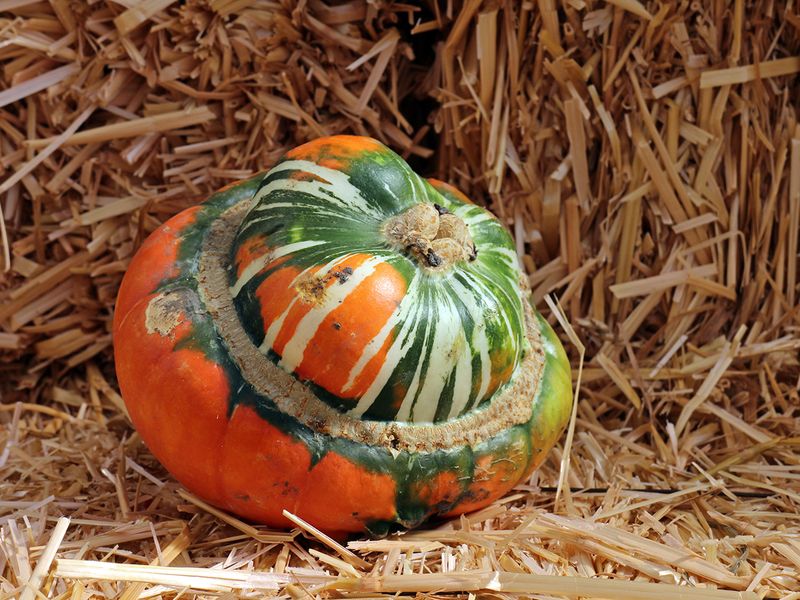
In December 2021, Unesco's Representative List of the Intangible Cultural Heritage of Humanity featured soup joumou. This was Haiti's first inclusion on the list.

The recognition is a beautiful tribute to our ancestors. It brings honour to our country. It made me realise food is universal, after al
"The recognition is a beautiful tribute to our ancestors. It brings honour to our country. It made me realise food is universal, after all," said Fleurimond.
In 2020, Unesco recognised food cultures from Singapore, Malta and North Africa as well.
The Unesco cultural heritage list was established in 2008 to protect national traditions and also recognised India's Durga Puja celebrations last year.
Here's how you can make it at home
Share your recipes with us on food@gulfnews.com



